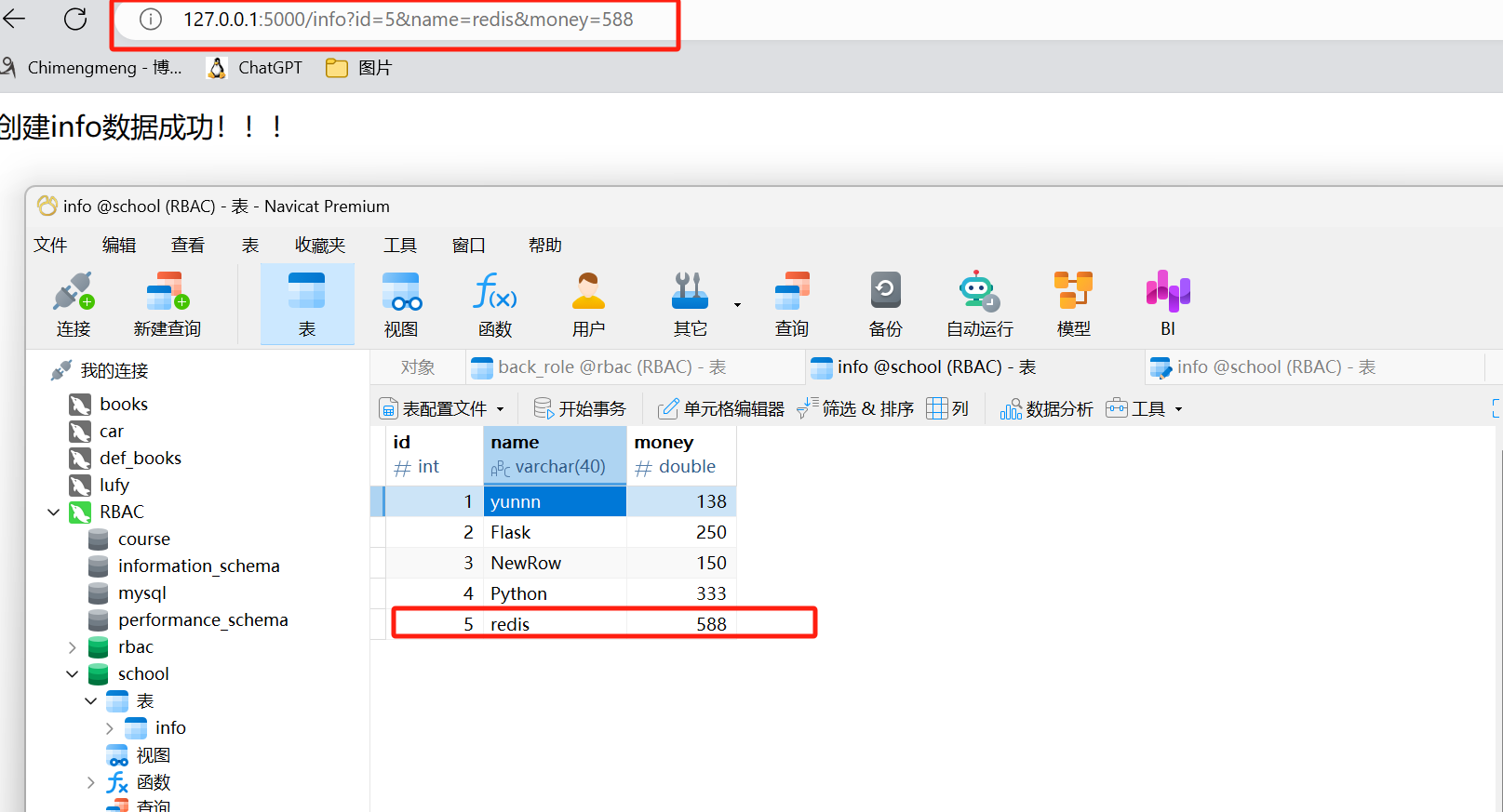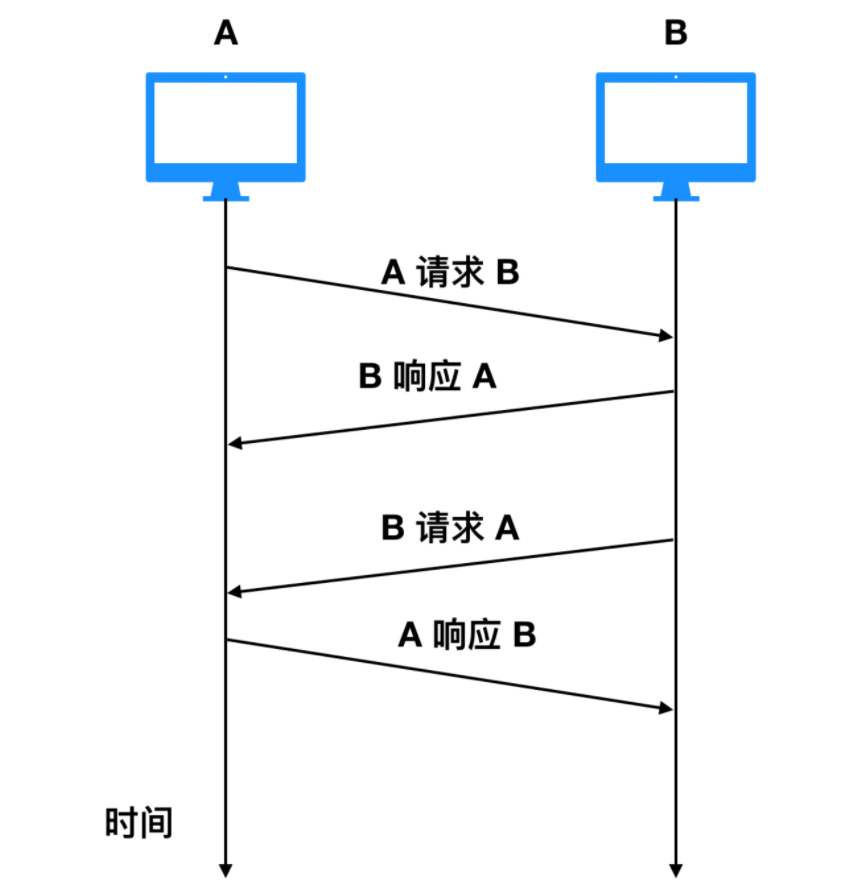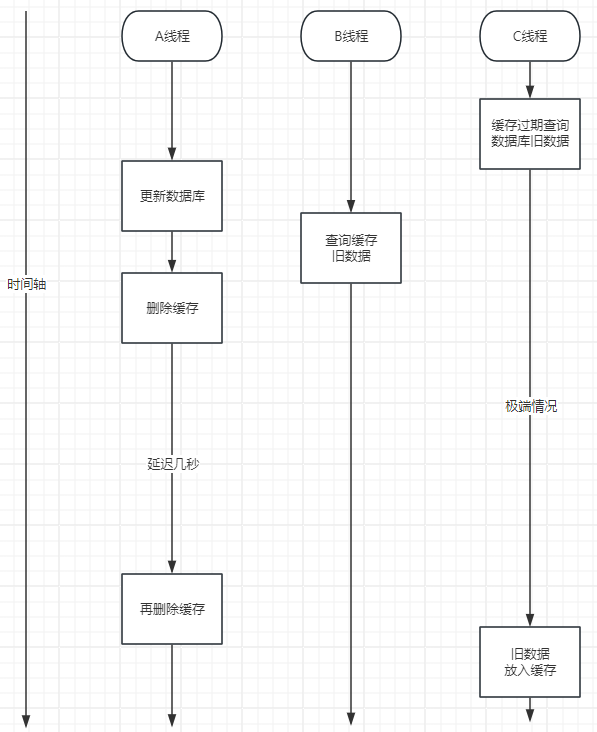文章目录
- 引言
- 一、分布式任务调度的基本原理
- 二、Spring Boot与分布式任务调度
- 1. 使用Quartz实现分布式任务调度
- 2. 使用Elastic-Job实现分布式任务调度
- 三、常见问题与解决方案
- 结论

🎉欢迎来到SpringBoot框架学习专栏~
- ☆* o(≧▽≦)o *☆嗨~我是IT·陈寒🍹
- ✨博客主页:IT·陈寒的博客
- 🎈该系列文章专栏:SpringBoot
- 📜其他专栏:Java学习路线 Java面试技巧 Java实战项目 AIGC人工智能 数据结构学习
- 🍹文章作者技术和水平有限,如果文中出现错误,希望大家能指正🙏
- 📜 欢迎大家关注! ❤️
引言
随着互联网应用的规模和复杂度不断增加,单节点任务调度系统已经难以满足高并发、大数据量的处理需求。分布式任务调度成为了解决这一问题的重要手段。本文将介绍如何在Spring Boot中实现分布式任务调度,探讨其原理、实现方法以及常见问题的解决方案。

一、分布式任务调度的基本原理
分布式任务调度的核心是将任务分配到多个节点上执行,从而提高系统的并发处理能力和可靠性。主要包括以下几个部分:
- 任务分配:将任务按照一定规则分配到不同的节点上执行。
- 任务执行:各个节点独立执行分配到的任务。
- 任务协调:协调各个节点的任务执行情况,处理任务失败、重试等问题。
- 结果汇总:收集各个节点的执行结果,进行汇总和处理。
二、Spring Boot与分布式任务调度
Spring Boot是一款简化Spring应用开发的框架,它提供了很多便捷的功能来构建微服务。在Spring Boot中实现分布式任务调度,我们可以借助一些开源框架,如Quartz、Elastic-Job、xxl-job等。
1. 使用Quartz实现分布式任务调度
Quartz是一个功能强大的任务调度框架,支持分布式调度。以下是使用Quartz实现分布式任务调度的步骤:
(1)引入依赖
在pom.xml中引入Quartz的依赖:
<dependency>
<groupId>org.springframework.boot</groupId>
<artifactId>spring-boot-starter-quartz</artifactId>
</dependency>
<dependency>
<groupId>org.quartz-scheduler</groupId>
<artifactId>quartz</artifactId>
</dependency>
(2)配置Quartz
在application.properties中进行配置:
spring.quartz.job-store-type=jdbc
spring.quartz.jdbc.initialize-schema=never
spring.quartz.properties.org.quartz.scheduler.instanceName=MyClusteredScheduler
spring.quartz.properties.org.quartz.scheduler.instanceId=AUTO
spring.quartz.properties.org.quartz.jobStore.isClustered=true
spring.quartz.properties.org.quartz.jobStore.clusterCheckinInterval=20000
spring.quartz.properties.org.quartz.jobStore.maxMisfiresToHandleAtATime=1
spring.quartz.properties.org.quartz.jobStore.misfireThreshold=60000
spring.quartz.properties.org.quartz.jobStore.tablePrefix=QRTZ_
spring.quartz.properties.org.quartz.jobStore.driverDelegateClass=org.quartz.impl.jdbcjobstore.StdJDBCDelegate
(3)定义任务
创建一个任务类,实现Job接口:
import org.quartz.Job;
import org.quartz.JobExecutionContext;
import org.quartz.JobExecutionException;
import org.springframework.stereotype.Component;
@Component
public class SampleJob implements Job {
@Override
public void execute(JobExecutionContext context) throws JobExecutionException {
System.out.println("Executing Sample Job at " + System.currentTimeMillis());
}
}
(4)配置任务调度
通过@Configuration类来配置任务调度:
import org.quartz.JobBuilder;
import org.quartz.JobDetail;
import org.quartz.Trigger;
import org.quartz.TriggerBuilder;
import org.quartz.SimpleScheduleBuilder;
import org.springframework.context.annotation.Bean;
import org.springframework.context.annotation.Configuration;
@Configuration
public class QuartzConfig {
@Bean
public JobDetail sampleJobDetail() {
return JobBuilder.newJob(SampleJob.class)
.withIdentity("sampleJob")
.storeDurably()
.build();
}
@Bean
public Trigger sampleJobTrigger() {
SimpleScheduleBuilder scheduleBuilder = SimpleScheduleBuilder.simpleSchedule()
.withIntervalInSeconds(10)
.repeatForever();
return TriggerBuilder.newTrigger()
.forJob(sampleJobDetail())
.withIdentity("sampleTrigger")
.withSchedule(scheduleBuilder)
.build();
}
}
2. 使用Elastic-Job实现分布式任务调度
Elastic-Job是当当网开源的一个分布式调度解决方案,具有灵活的分片策略和强大的任务管理能力。
(1)引入依赖
在pom.xml中引入Elastic-Job的依赖:
<dependency>
<groupId>org.apache.shardingsphere.elasticjob</groupId>
<artifactId>elasticjob-lite-spring-boot-starter</artifactId>
<version>3.0.0</version>
</dependency>
(2)配置Elastic-Job
在application.properties中进行配置:
elasticjob.regCenter.serverList=localhost:2181
elasticjob.regCenter.namespace=elasticjob-lite-spring-boot
(3)定义任务
创建一个任务类,实现SimpleJob接口:
import org.apache.shardingsphere.elasticjob.api.simple.SimpleJob;
import org.apache.shardingsphere.elasticjob.infra.env.ServerContext;
import org.apache.shardingsphere.elasticjob.infra.schedule.JobConfiguration;
import org.springframework.stereotype.Component;
@Component
public class MyElasticJob implements SimpleJob {
@Override
public void execute(ServerContext context) {
System.out.println("Executing Elastic Job at " + System.currentTimeMillis());
}
}
(4)配置任务调度
通过@Configuration类来配置任务调度:
import org.apache.shardingsphere.elasticjob.infra.schedule.JobConfiguration;
import org.springframework.context.annotation.Bean;
import org.springframework.context.annotation.Configuration;
@Configuration
public class ElasticJobConfig {
@Bean
public JobConfiguration jobConfiguration() {
return JobConfiguration.newBuilder("myElasticJob", 3)
.cron("0/5 * * * * ?")
.shardingItemParameters("0=A,1=B,2=C")
.build();
}
}
三、常见问题与解决方案
在实现分布式任务调度的过程中,可能会遇到一些常见问题,下面是一些解决方案:
-
任务重复执行:在分布式环境中,由于网络延迟或其他原因,可能会导致任务重复执行。可以通过设置任务的唯一标识和状态来避免重复执行。
-
任务失败重试:在任务执行过程中,可能会遇到一些临时性错误,需要进行任务失败重试。可以使用任务调度框架提供的重试机制,或者自定义重试逻辑。
-
任务状态管理:在分布式环境中,需要对任务的状态进行有效管理,确保任务的执行顺序和状态一致性。可以使用分布式锁或分布式事务来保证任务状态的一致性。
-
任务调度的监控与报警:在分布式环境中,需要对任务的执行情况进行监控,并在出现异常时进行报警。可以使用任务调度框架提供的监控功能,或者集成第三方监控工具。
结论
在Spring Boot中实现分布式任务调度,可以大大提高系统的并发处理能力和可靠性。本文介绍了使用Quartz和Elastic-Job两种常见的分布式任务调度框架的实现方法,并提供了一些常见问题的解决方案。在实际应用中,可以根据具体需求选择合适的任务调度框架,并进行相应的优化和调整。通过合理的任务调度策略和有效的任务管理,可以实现高效、可靠的分布式任务调度系统。
🧸结尾 ❤️ 感谢您的支持和鼓励! 😊🙏
📜您可能感兴趣的内容:
- 【Java面试技巧】Java面试八股文 - 掌握面试必备知识(目录篇)
- 【Java学习路线】2023年完整版Java学习路线图
- 【AIGC人工智能】Chat GPT是什么,初学者怎么使用Chat GPT,需要注意些什么
- 【Java实战项目】SpringBoot+SSM实战:打造高效便捷的企业级Java外卖订购系统
- 【数据结构学习】从零起步:学习数据结构的完整路径




















